Minimalism is all about simplicity, functionality, and clean lines. It’s a great way to create a serene and warm living space by reducing clutter and unnecessary items. To achieve this aesthetic, it’s important to carefully select materials, colors, and textures.
A neutral color palette, natural materials, and texture can add warmth and depth to the minimal decors. Incorporating personal touches and maximizing natural light are other important elements to consider too.
In this article, there are some essential elements on how to design a serene and warm minimalist home that feels inviting and peaceful.
Essential Elements of a Home with Minimal Decors
1. Keep It Simple
Simplicity is an essential element for a minimalist home as it embodies the very essence of minimalism. It’s all about reducing clutter and unnecessary items to create a sense of calm and clarity in the living space. By keeping the design simple and free from excess ornamentation, the focus is on functionality and practicality. This simplicity extends to the color palette, with neutral colors being popular choices. It not only creates a peaceful living space but also provides spaciousness, making it an essential element of a minimalist home. By embracing it with minimal decors, an uncluttered home can be both operating and aesthetically pleasing.
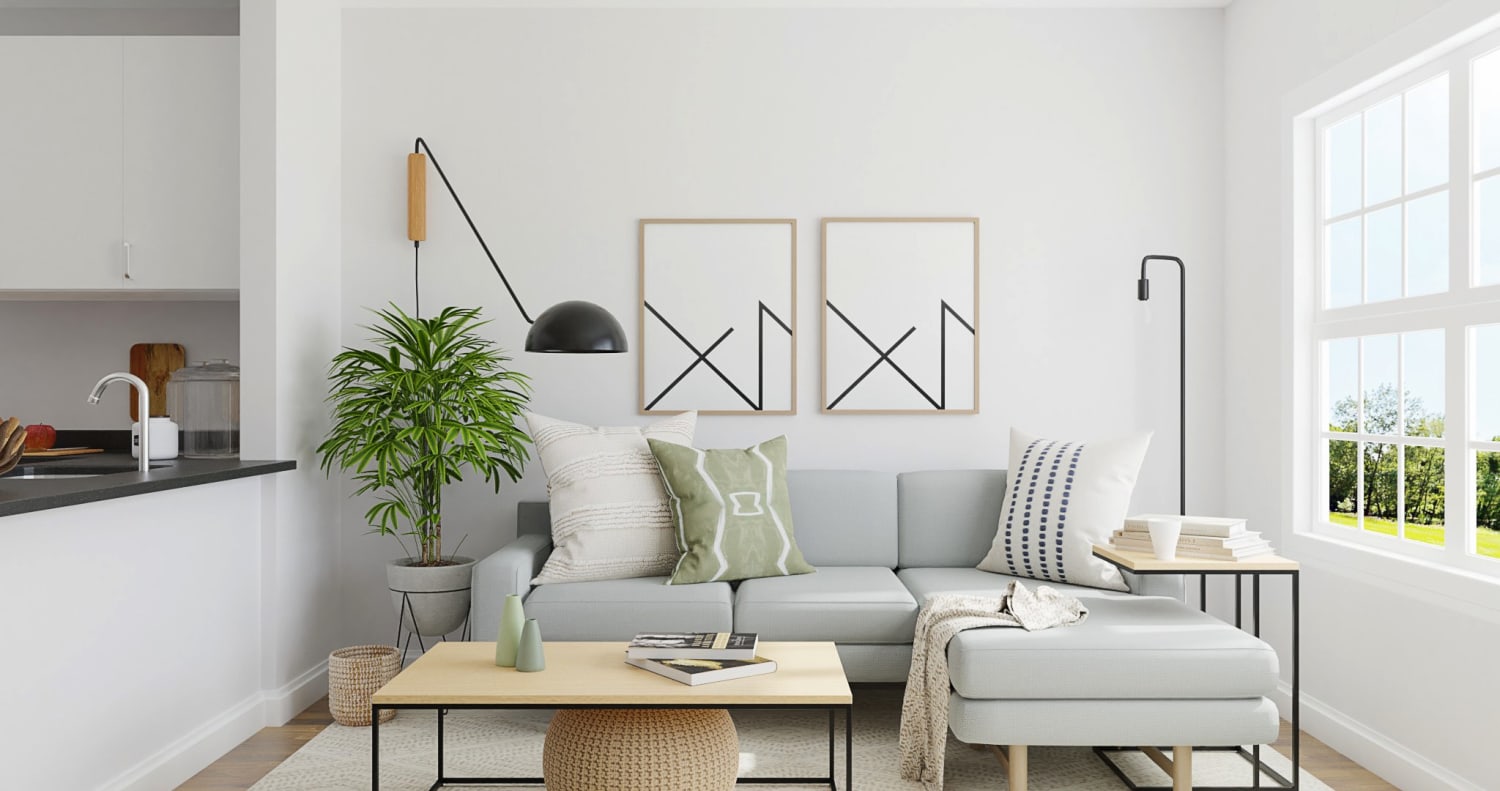
2. Use Natural Elements
Adding natural elements like plants and flowers is a great way to balance the cleanliness and simple lines of a minimalist home design. The use of white spaces and minimal decors can sometimes create a feeling of monotony, which can be easily rectified by incorporating natural elements. Plants, in particular, have a way of brightening up spaces and adding a touch of life and freshness to a room. You can start by adding small potted plants on tabletops or shelves and gradually move on to larger plants in the corners of rooms. They purify the air, reduce stress levels, and promote a sense of calm and relaxation. The addition of natural elements not only enhances the overall look and feel of a minimalist home but also helps create a more peaceful and serene living environment.
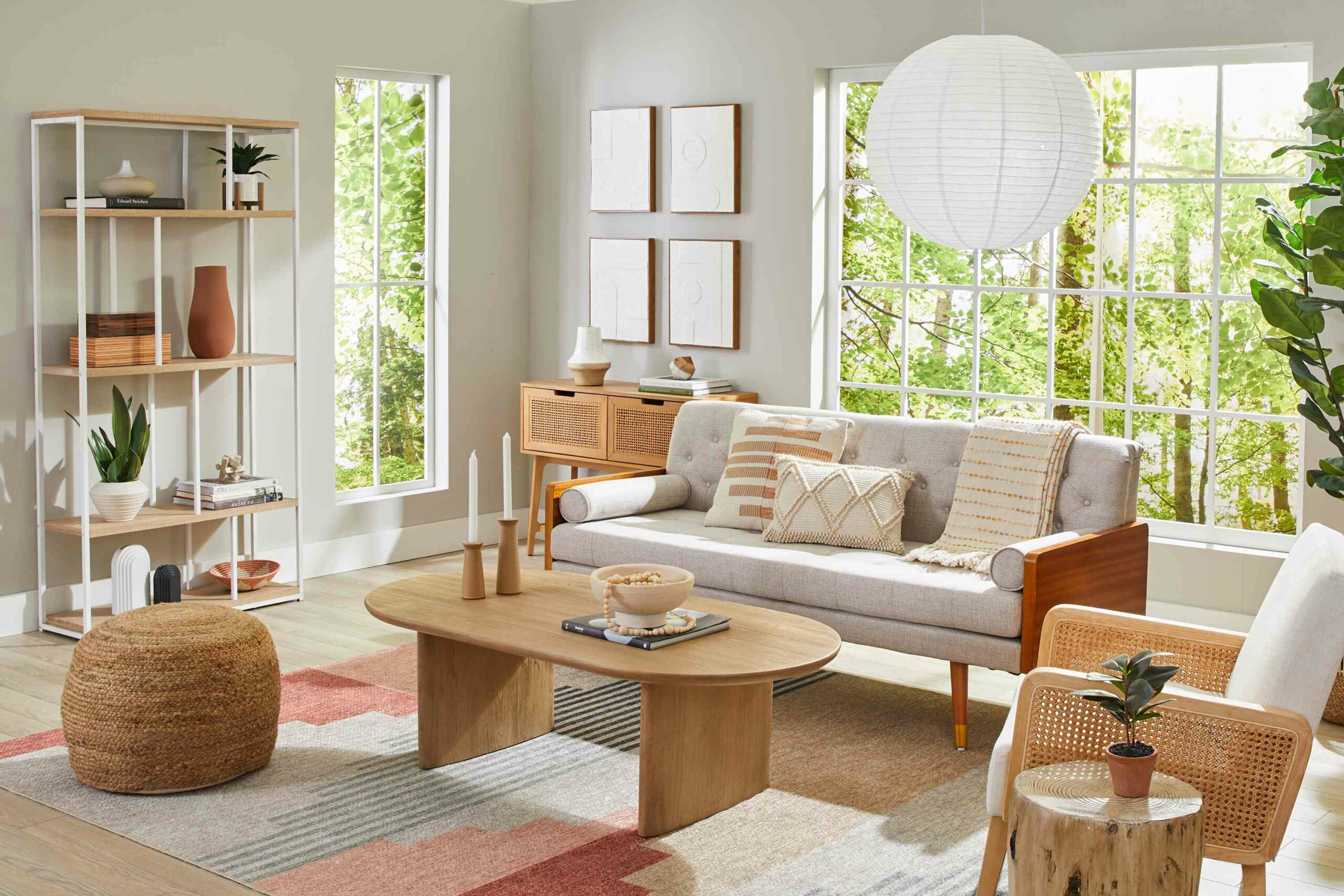
3. Functionality for Minimal Decors
Functionality means that every item in the home should serve a practical purpose and be carefully considered for its usefulness. To achieve this, it’s important to start by understanding how the space will be used and can be organized. For example, a home office should be set up with a desk, chair, and good lighting, while a living room should have comfortable seating and space for socializing. Multi-functional Furniture, such as a sofa bed or storage ottoman, can also be incorporated to maximize space. Prioritizing functionality in a minimalist home can help reduce clutter and promote a sense of calmness in the living environment.
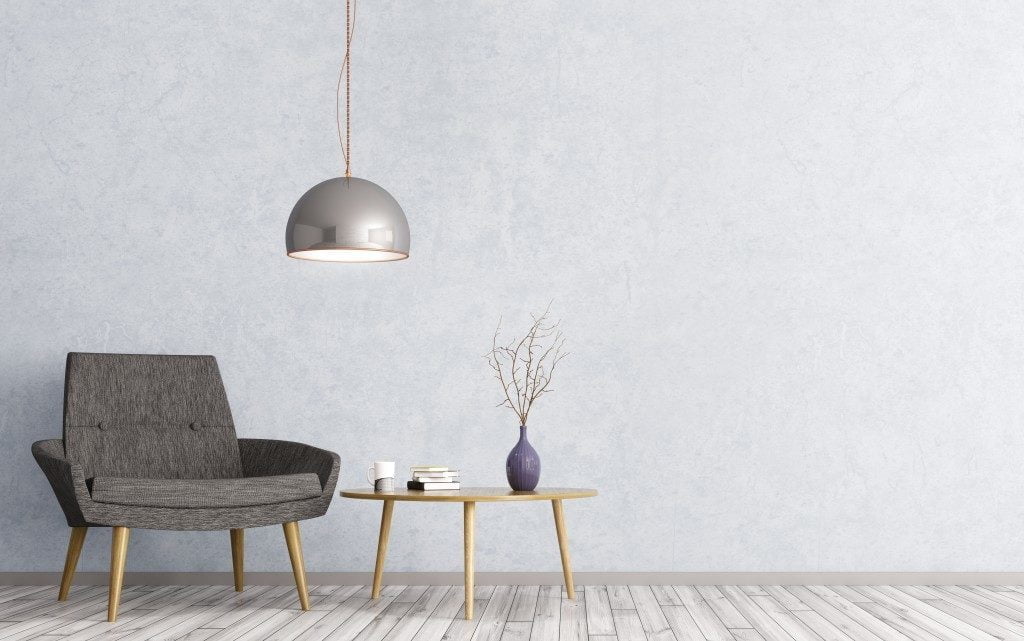
4. Use Natural Light
It is the easiest and most effective way to add warmth and create a sense of openness in any room. Natural light can be maximized by keeping windows unobstructed and using curtains or blinds to filter light and create a soft, diffused effect. By letting natural light flood your home, you not only create a warm and inviting atmosphere but also make the space feel larger and more open. This approach eliminates the need for too many accessories and overloads the home with excess items that can damage the minimalist aesthetic.
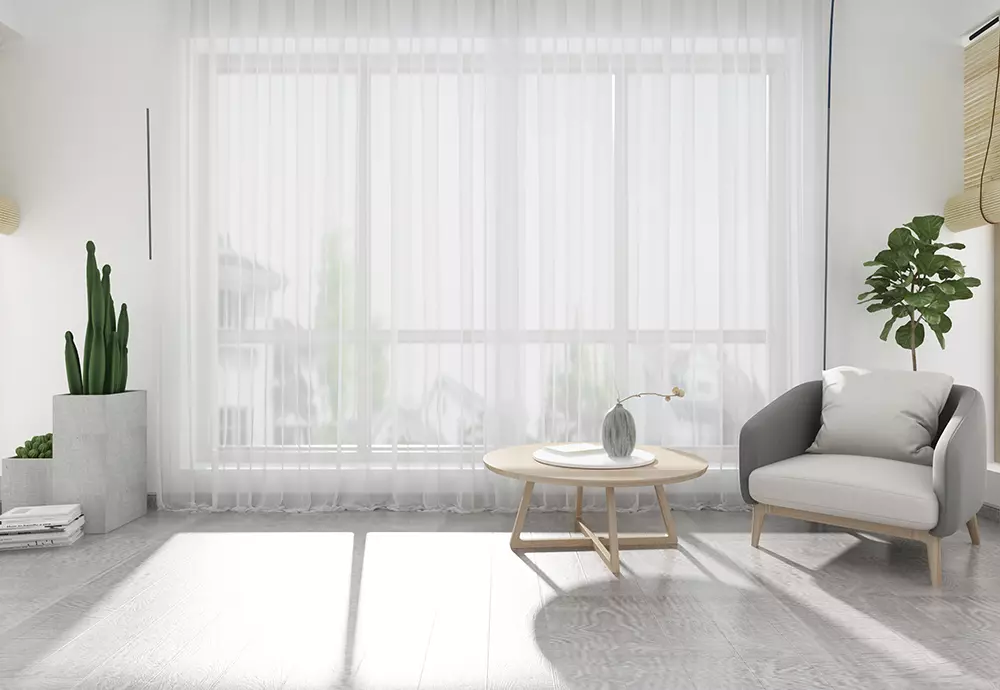
5. Remove the Clutters
A cluttered space can feel overwhelming and chaotic, whereas the minimal decors feel calm and serene. To achieve this, start by decluttering each room in your home, getting rid of anything that is no longer needed or used. Once you have decluttered, focus on creating a streamlined and organized space. This may involve investing in storage solutions such as shelves, cabinets, and drawers to keep items out of sight and in their designated place. Keep surfaces clean and free of unnecessary items, and resist the temptation to over-accessorize. To keep things in balance and manage your belongings, consider parting with one old item for every new thing you bring into the house.
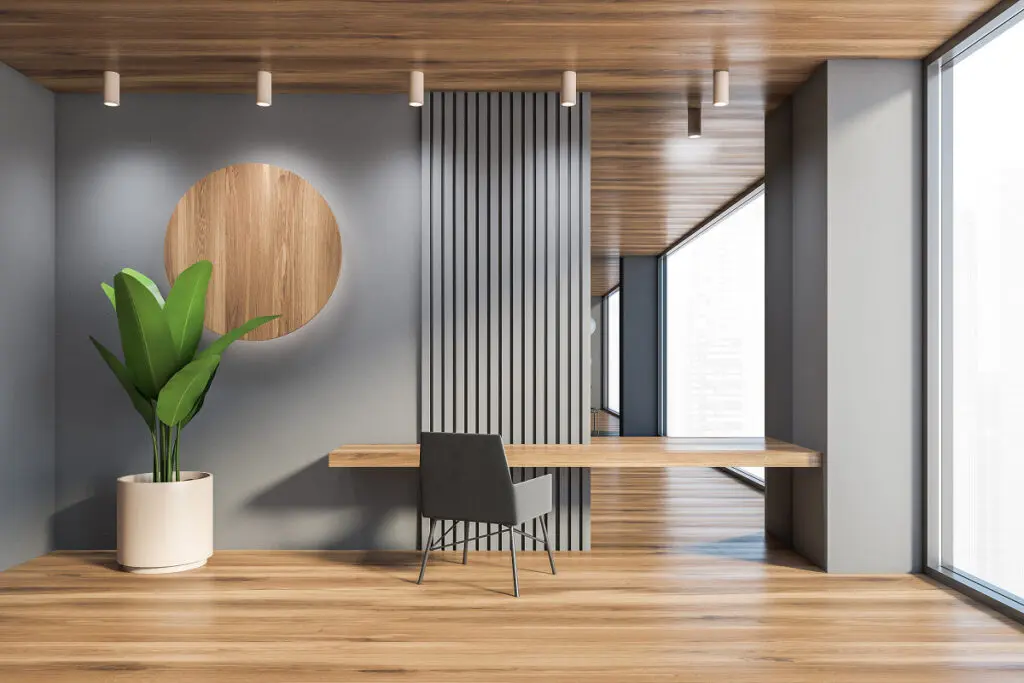
Minimalist Home Design Ideas
When it comes to creating a sleek design, it is better to have less rather than more. Let’s see how to integrate the fundamental principles of this modest style into your home with some of the top minimal decor ideas.
1. Floor Lamp
A floor lamp is a tall, freestanding lighting fixture that sits on the floor and provides illumination to the surrounding area. They can be used for ambient lighting, task lighting, or accent lighting, depending on the placement and direction of the lamp. Floor lamps are often used to add a decorative touch to a room and create a cozy and inviting atmosphere.
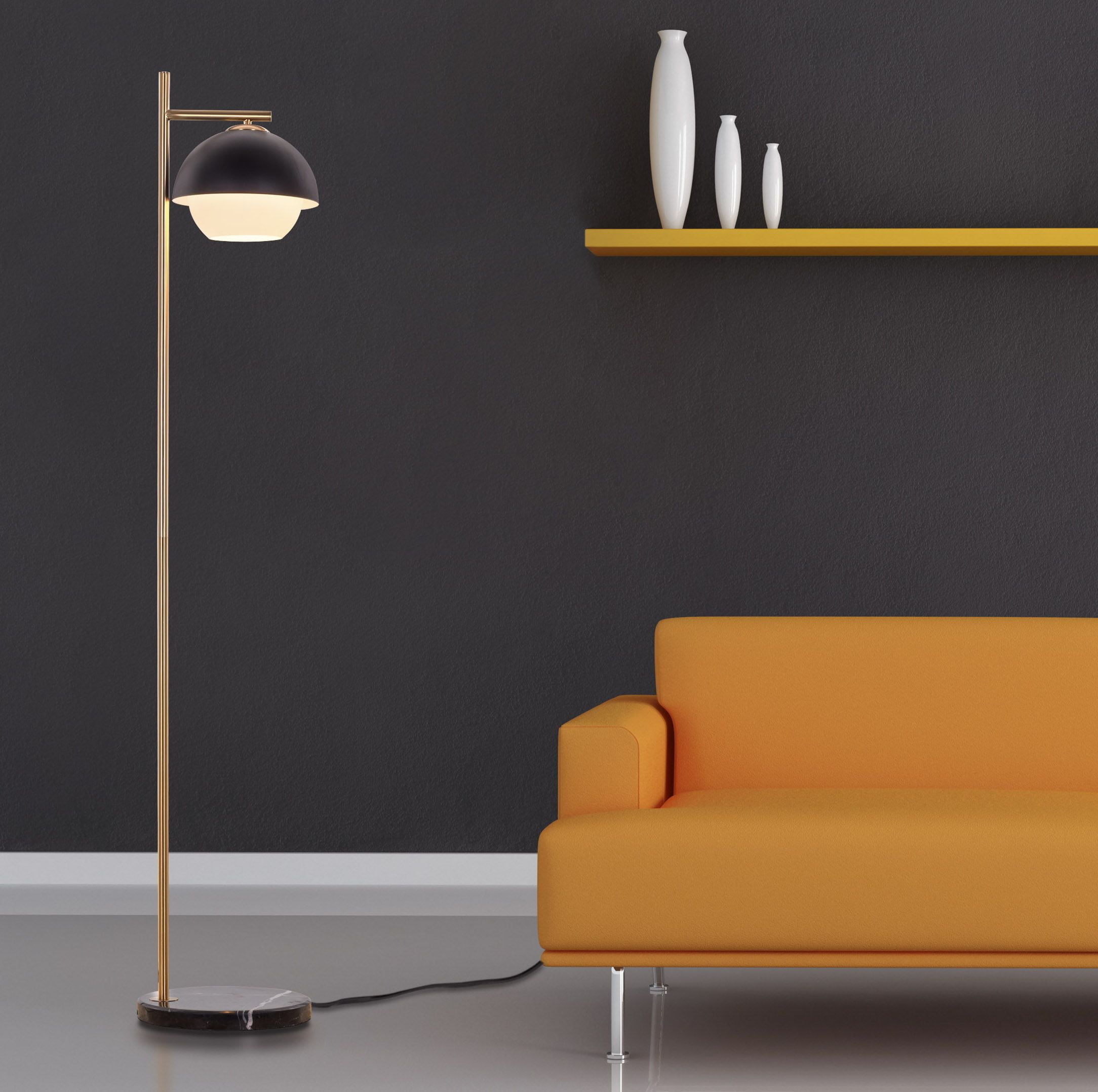
2. Giant Art Pieces
Large art pieces can be a striking addition to a minimalist home design, as they create a bold focal point and add visual interest to an otherwise simple and clean space. One approach to incorporating large art pieces into a minimalist home is to choose a single statement piece that speaks to the overall design theme. One instance is displaying a sizeable abstract painting that incorporates subdued hues or, alternatively, assembling an art collection on a gallery wall in a basic and unified style.
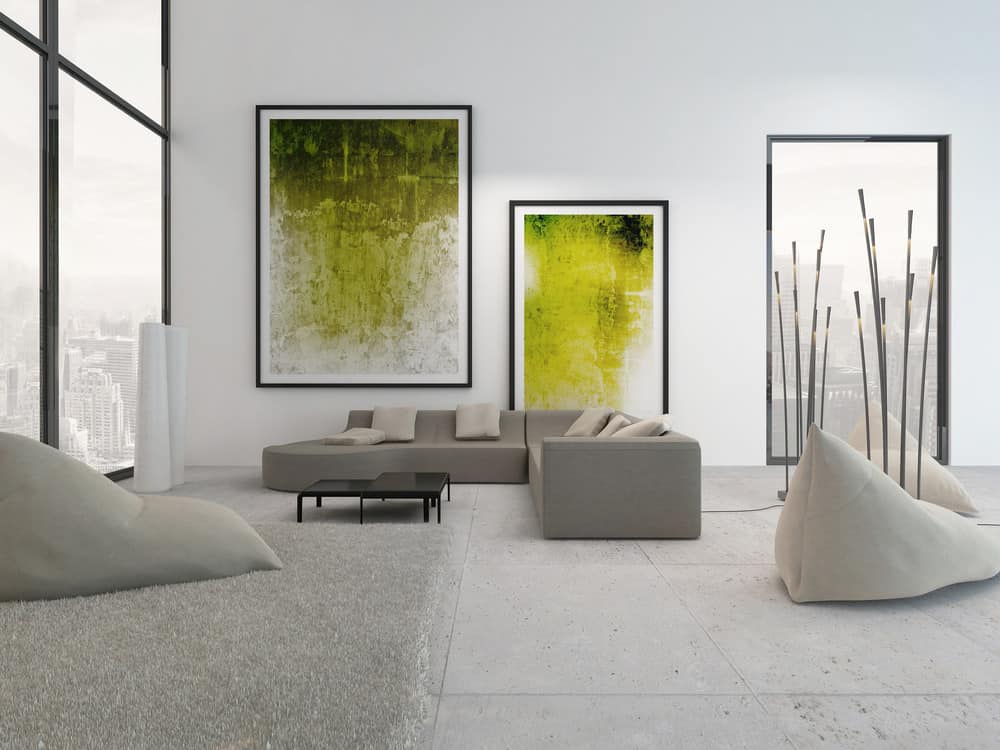
3. Shelves Over Cabinets
Shelves not only create an open and airy feeling, but they also provide an opportunity to showcase items in a visually appealing way. This can be especially effective when paired with a neutral color palette and simple, streamlined decor. Shelves offer the benefit of adaptability, enabling the space to be more personalized and adjusted to evolving requirements with ease. It helps to create a cohesive and visually pleasing display that enhances the overall minimalist aesthetic of the home
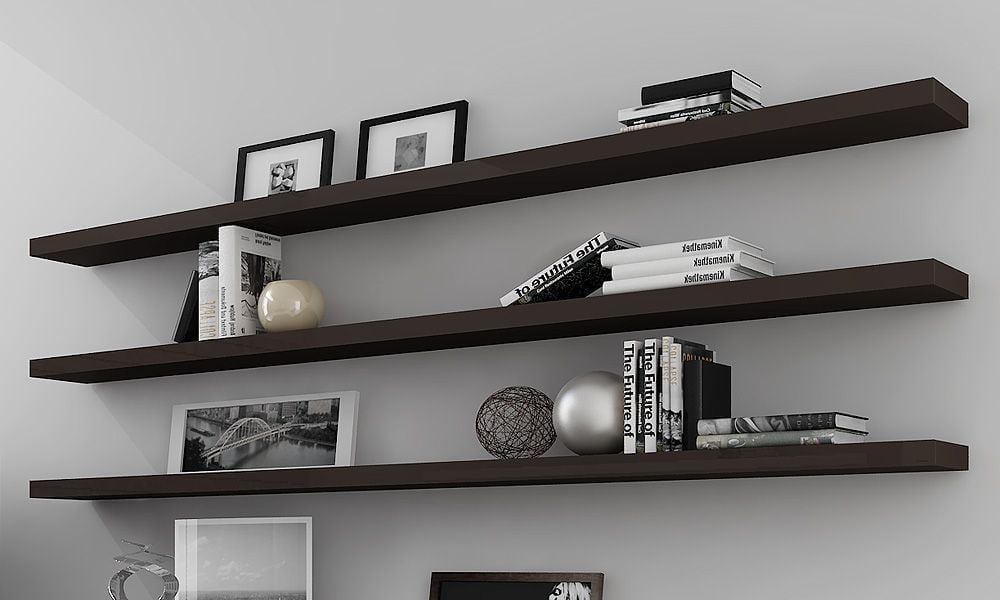
4. Sleek Concept Kitchen
A sleek concept kitchen typically focuses on efficiency and viability, with a streamlined layout that emphasizes efficient use of space. Materials used in a sleek concept kitchen often include stainless steel, glass, and high-gloss finishes that reflect light and add to the clean and modern aesthetic. For further enhancement of the sleekness of the kitchen, clutter is minimized through ample storage options, such as hidden cabinets and pull-out drawers. Lighting is also a key aspect of the design, with recessed lighting and under-cabinet lighting used to create a bright and inviting space.
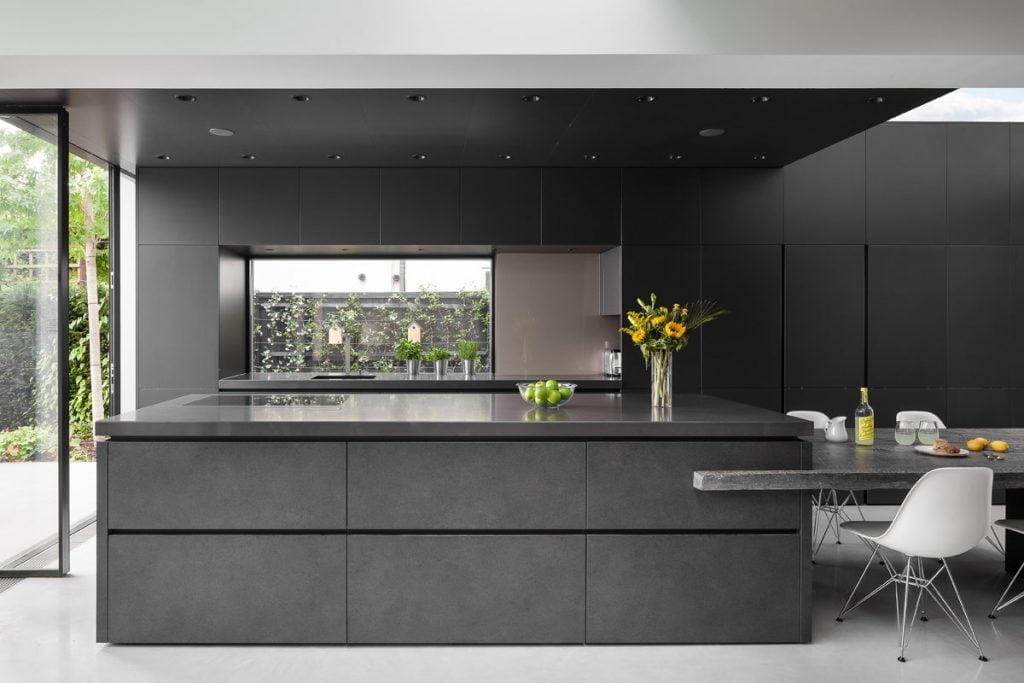
5. Minimalist Dining Table
A simple dining table can be the perfect addition to the minimal decor. Opt for a table with clean lines and a neutral color palette to create a sleek and decluttered look. Consider using natural materials such as wood or stone to add warmth and texture to the space. Keep the tabletop clear of unnecessary items, and use minimalistic tableware to complement the table’s simplicity. With a minimalist dining table, the focus is on enjoying the food and the company rather than elaborated table settings or unnecessary decor.
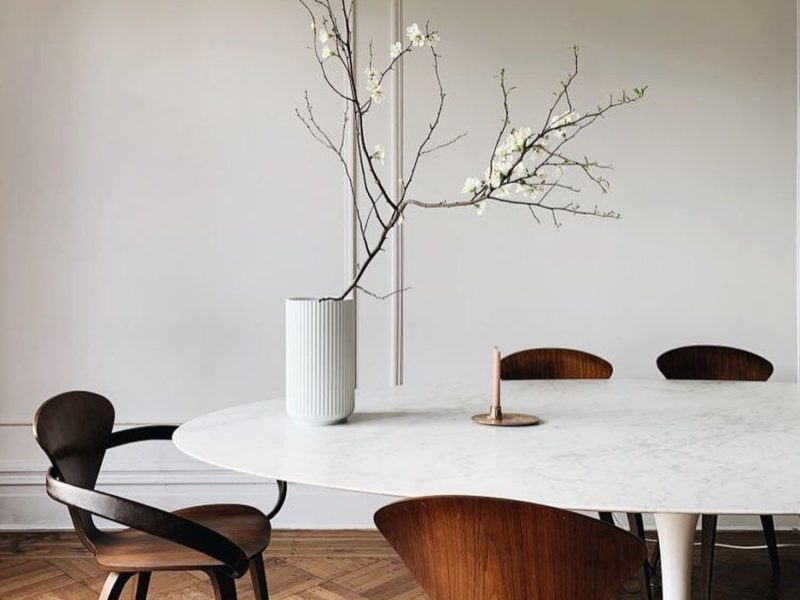
6. Lightening Chandelier
A simple lighting chandelier can be a great addition to a minimalist home. Choose the one that features a refined silhouette and sleek contours instead of a heavy or intricate design. A chandelier with exposed bulbs can also add a modern and industrial touch to the space. It’s important to consider the scale and proportion of the Chandelier in relation to the room it will be placed in to ensure it doesn’t overpower the minimalist aesthetic. Opting for a modest and unobtrusive lighting fixture, such as a chandelier, can improve the overall brightness of a room.
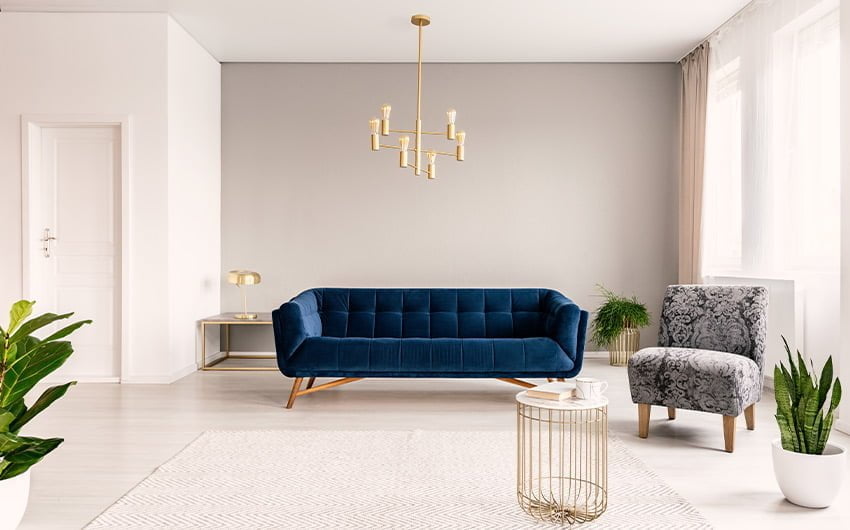
7. Primary Bedroom
This minimalist primary bedroom showcases simple furnishings, including a platform bed with narrow metal nightstands, creating a quiet and simple environment. The vaulted ceiling draws the eye upward, while an oversized black-and-white photograph adds a striking focal point to the space. To energize the cozy design, bright textiles are added, bringing a pop of color and texture. It exemplifies how a clean and minimalist design can produce a serene and aesthetically pleasing ambiance without resorting to superfluousness or disorder.
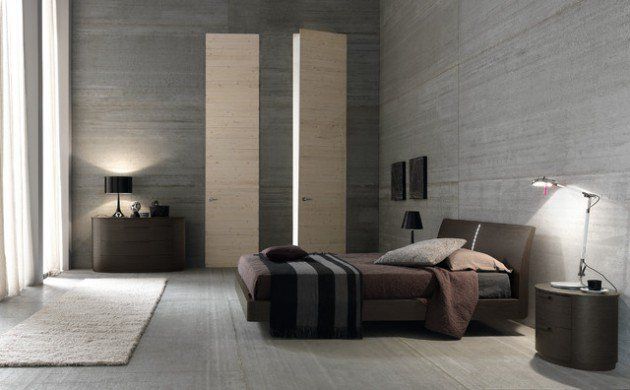
8. Simple Aesthetic Sofa Beds
Simplicity is the key when it comes to choosing a sofa bed design. A simple, sleek silhouette with a streamlined and unembellished style can make a statement in a living space. Neutral colors like white, beige, or gray can help to maintain the clean and uncluttered look of the room while also allowing the sofa bed to blend seamlessly with the rest of the minimal decors. Additionally, functionality is equally important in terms of opting for sleeper sofas, so consider options that are easy to convert from seating to sleeping and have storage solutions built in to maximize space efficiency.
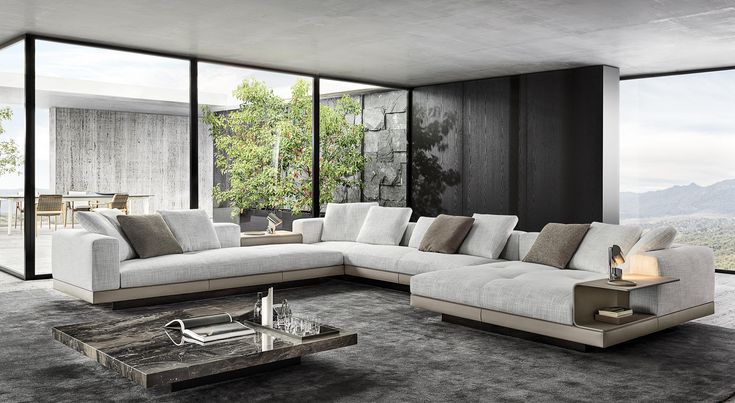
9. Classic Furniture
Tulip tables are versatile and add a minimalist style to any room, such as an entryway, foyer, or dining room. They can be paired with retro Furniture for a mid-century vibe or rush chair seats for a farmhouse feel. To add a modern touch, accessories like a ceramic urchin in a glass terrarium can be placed on the table. This white laminate version is a perfect example of how a classic minimalist design can be elevated with modern touches.
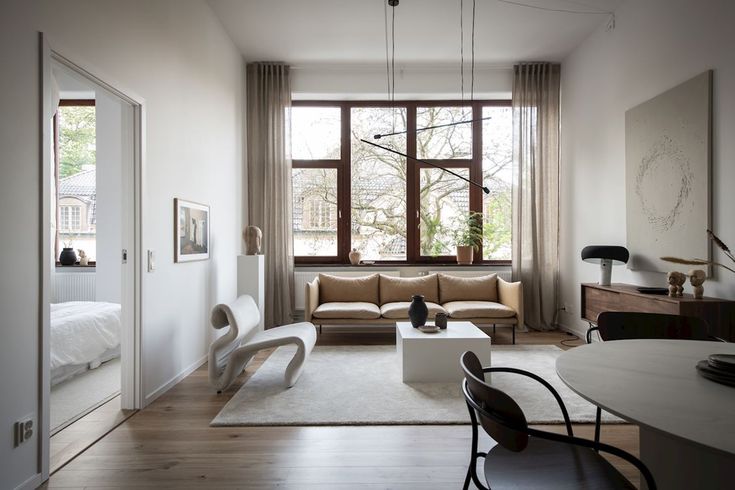
10. Greeneries
Whether it is a bedroom or a living room, both are known for their austerity and lack of clutter, but this can sometimes create a sterile or lifeless atmosphere. To combat this, incorporating a single plant can add a touch of natural color and brightness to the space. A large plant placed in a strategic corner or next to the bed can be the perfect addition to make the room feel more inviting and serene. The plant can also help to purify the air and create a more relaxing ambiance, promoting better sleep and overall well-being.
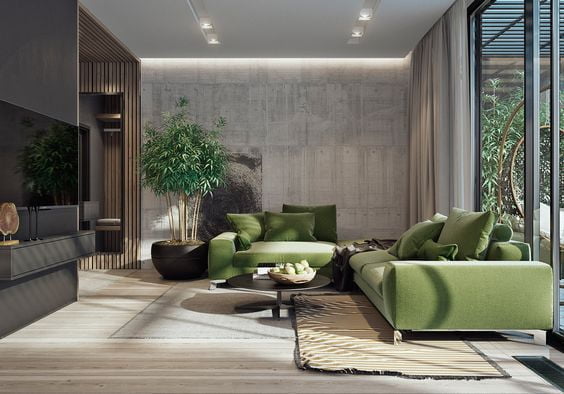
Conclusion
In addition to being a design aesthetic, minimalism is a philosophy that encourages thoughtful living. By adopting a minimalist approach, you can simplify your life, reduce stress, and create a space that promotes tranquility and well-being. The key is to focus on what truly matters and let go of the unnecessary. Whether it’s decluttering your space or practicing mindful consumption, minimalism can have a positive impact on your mental and physical health. So, consider incorporating minimalism into your lifestyle and experience the benefits for yourself.
Frequently Asked Questions (FAQs)
Can Minimalist Design Be Achieved on a Budget?
Yes, minimalist design can be achieved on a budget. By investing in quality over quantity, decluttering and simplifying, and repurposing existing items, you can create a serene and warm minimalist home without breaking the bank.
What Kind of Lighting Works Best for Minimalist Home Design?
Natural light is the best option for a warm and inviting minimalist home. However, if natural light is not enough, simple lighting fixtures with clean lines, such as a sleek floor lamp or a simple chandelier, can be a great addition.
How Can You Add Warmth and Depth to Minimal Decors?
You can add warmth and depth to minimal decors by using a neutral color palette, natural materials, and texture.
What Do We Mean by Warm Minimalism?
Warm minimalism is a design style that combines the simplicity and functionality of minimalism with warm and cozy elements to create a comfortable and inviting living space. It emphasizes the use of natural materials, warm colors, and texture to add warmth and depth to the clean lines and simplicity of the minimalist decor.
What Are the Basic Three Elements of a Minimalistic Home?
The three basic elements of a minimalistic home are simplicity, functionality, and clean lines. Simplicity refers to the use of only essential elements without any unnecessary or excessive decoration. The design should be uncluttered and streamlined, with minimal visual distractions. Functionality refers to the practicality of the design. Every item in the home should have a specific purpose and be useful. There should be no unnecessary items or furnishings that are purely decorative. Clean lines refer to the use of simple, geometric shapes and forms in the design. This includes straight lines, angles, and curves that are clean and precise, without any ornate or elaborate detailing.

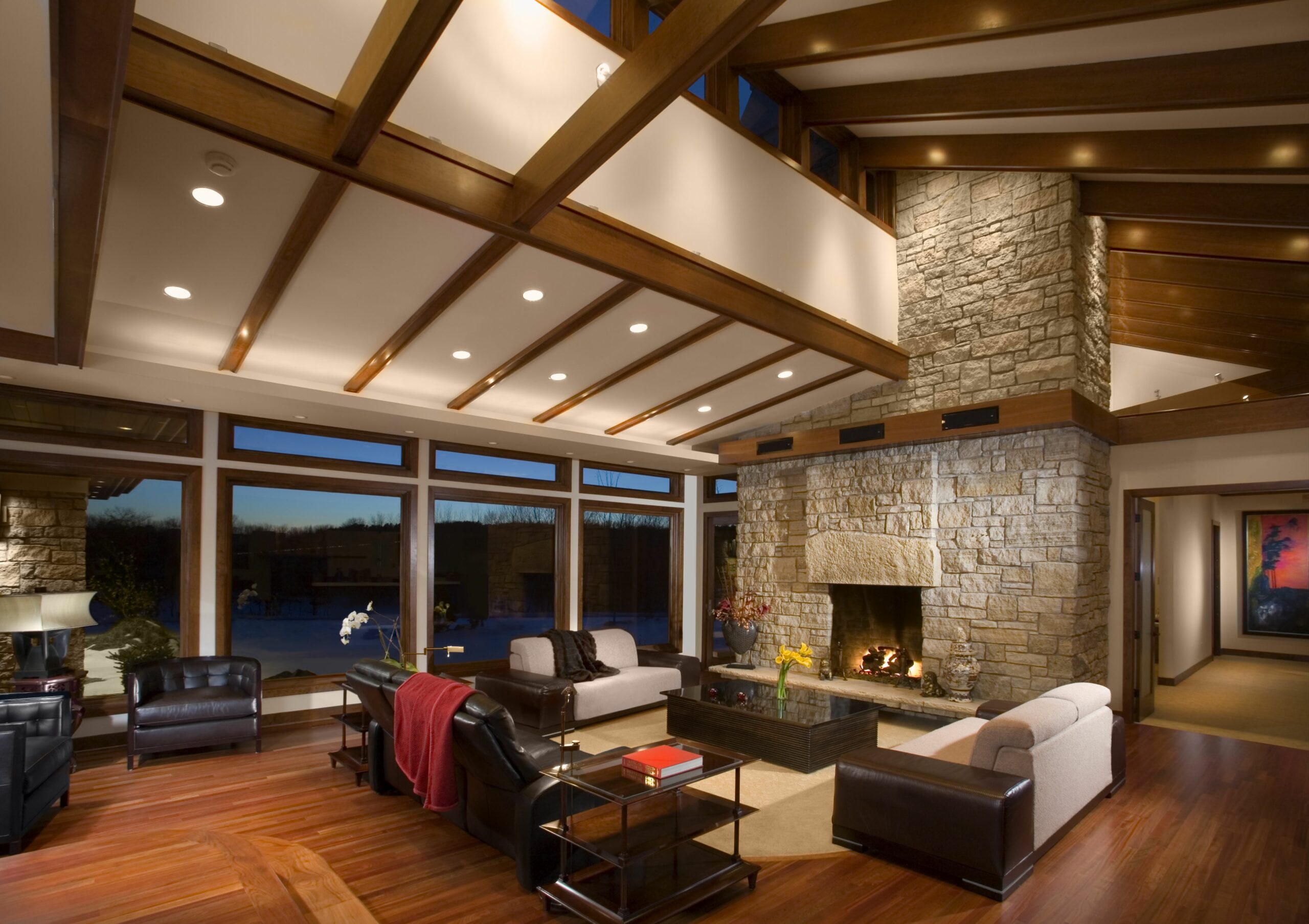
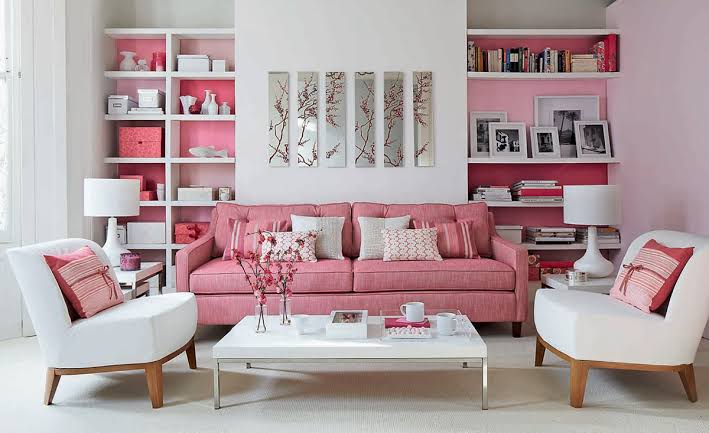
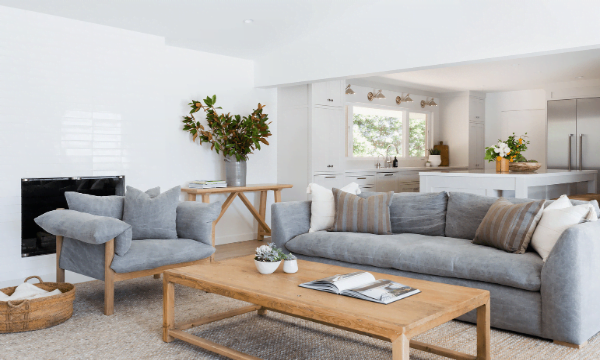
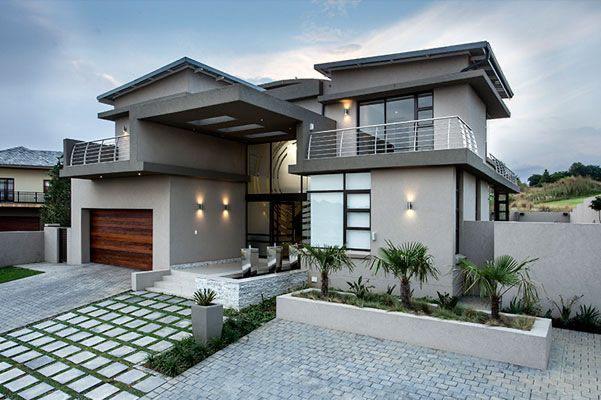

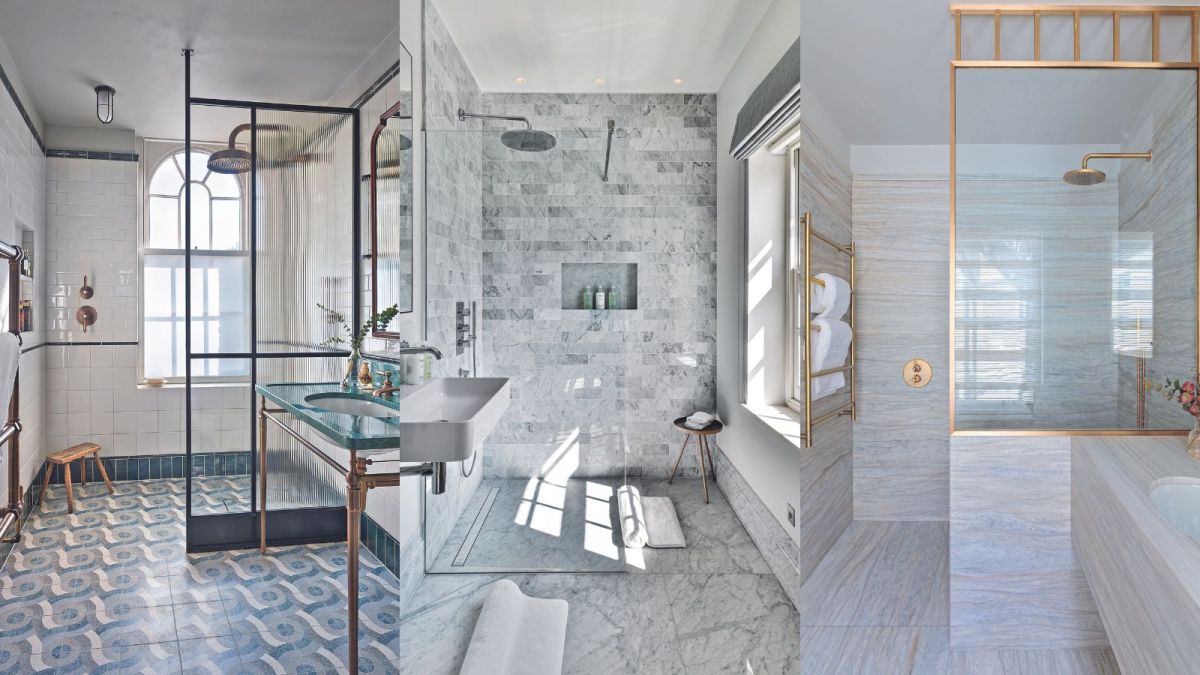

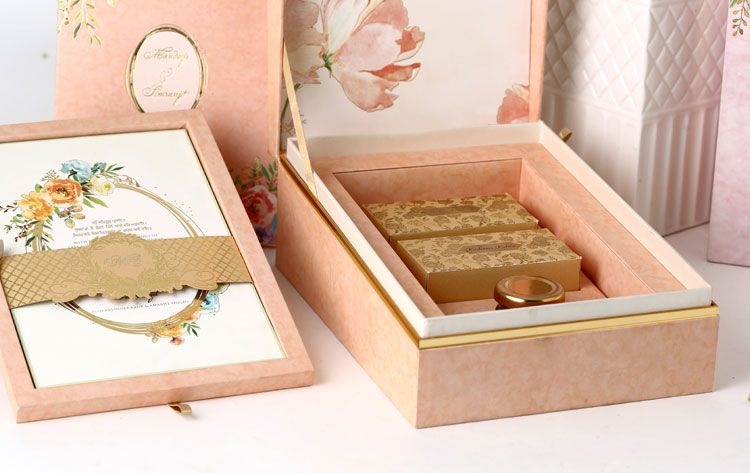
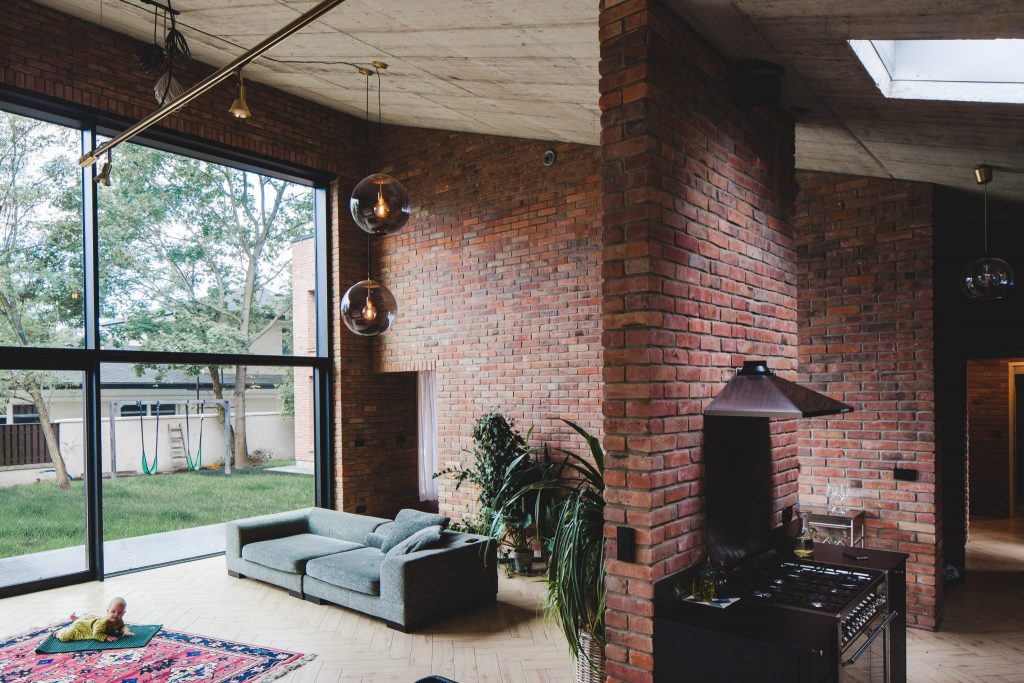
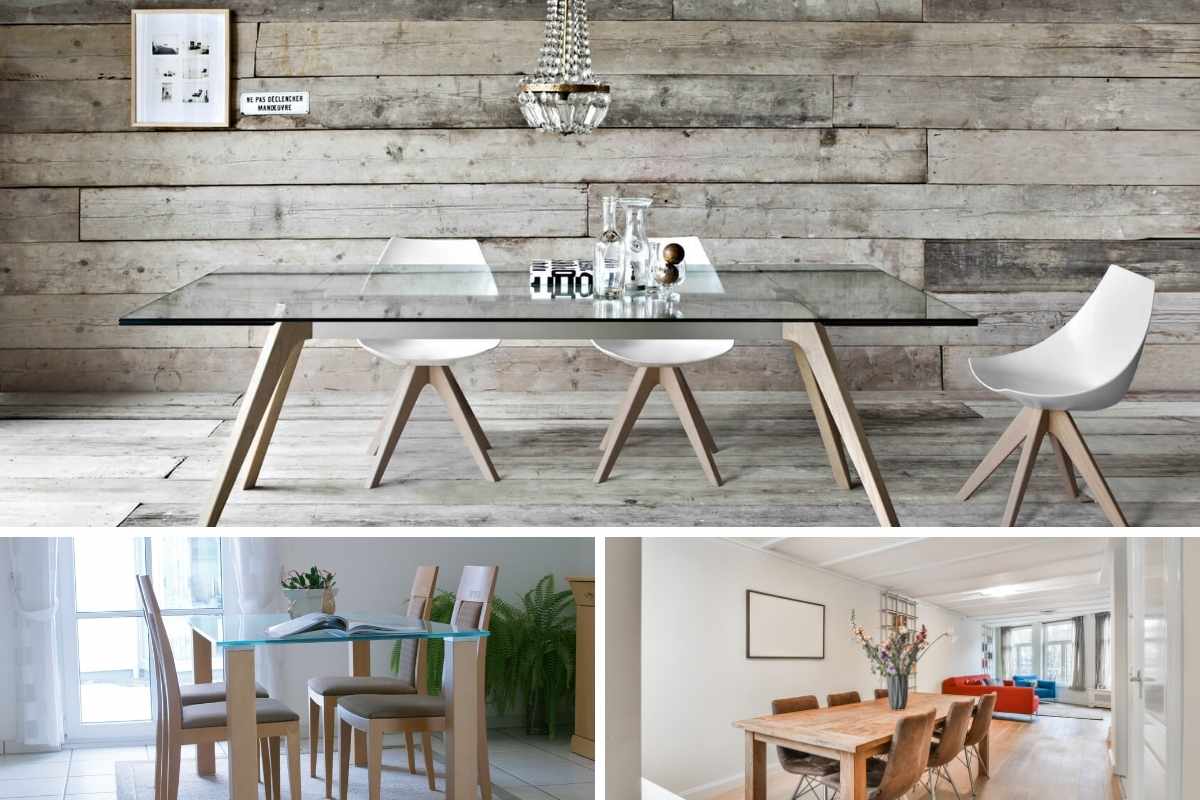

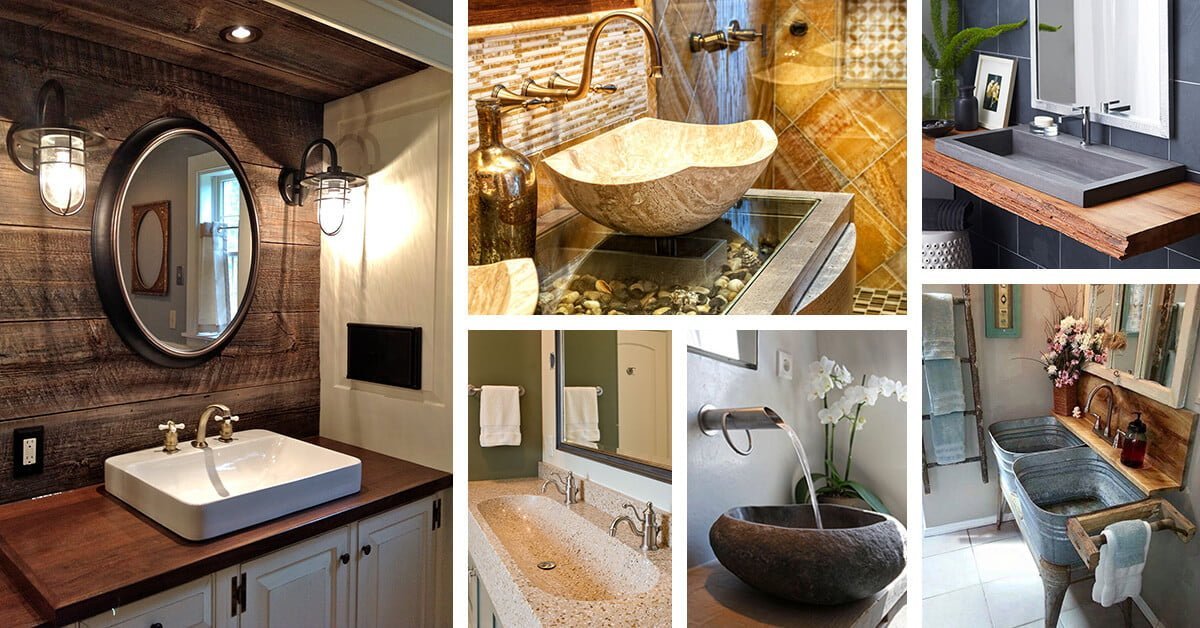
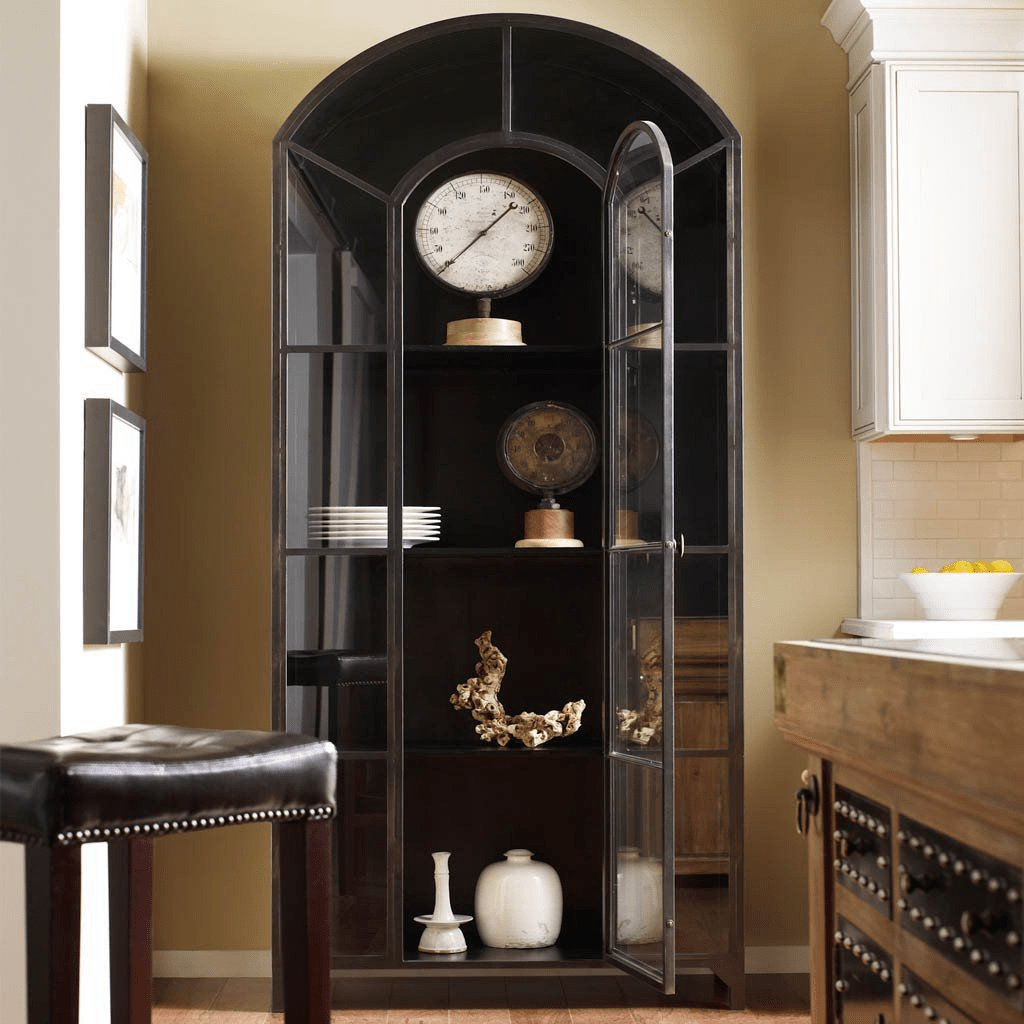
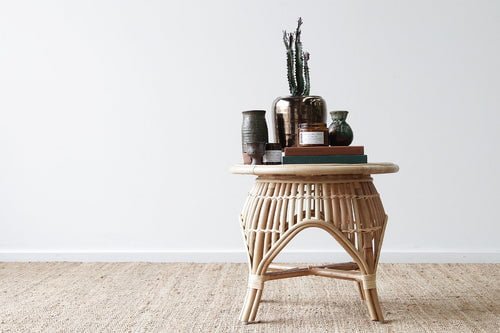
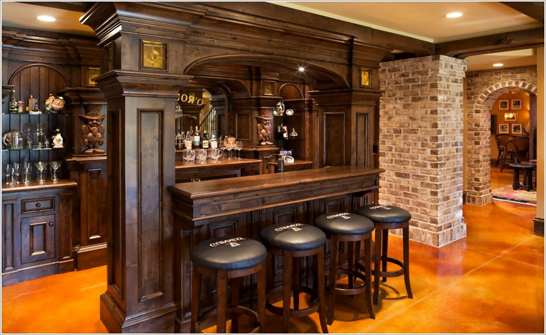
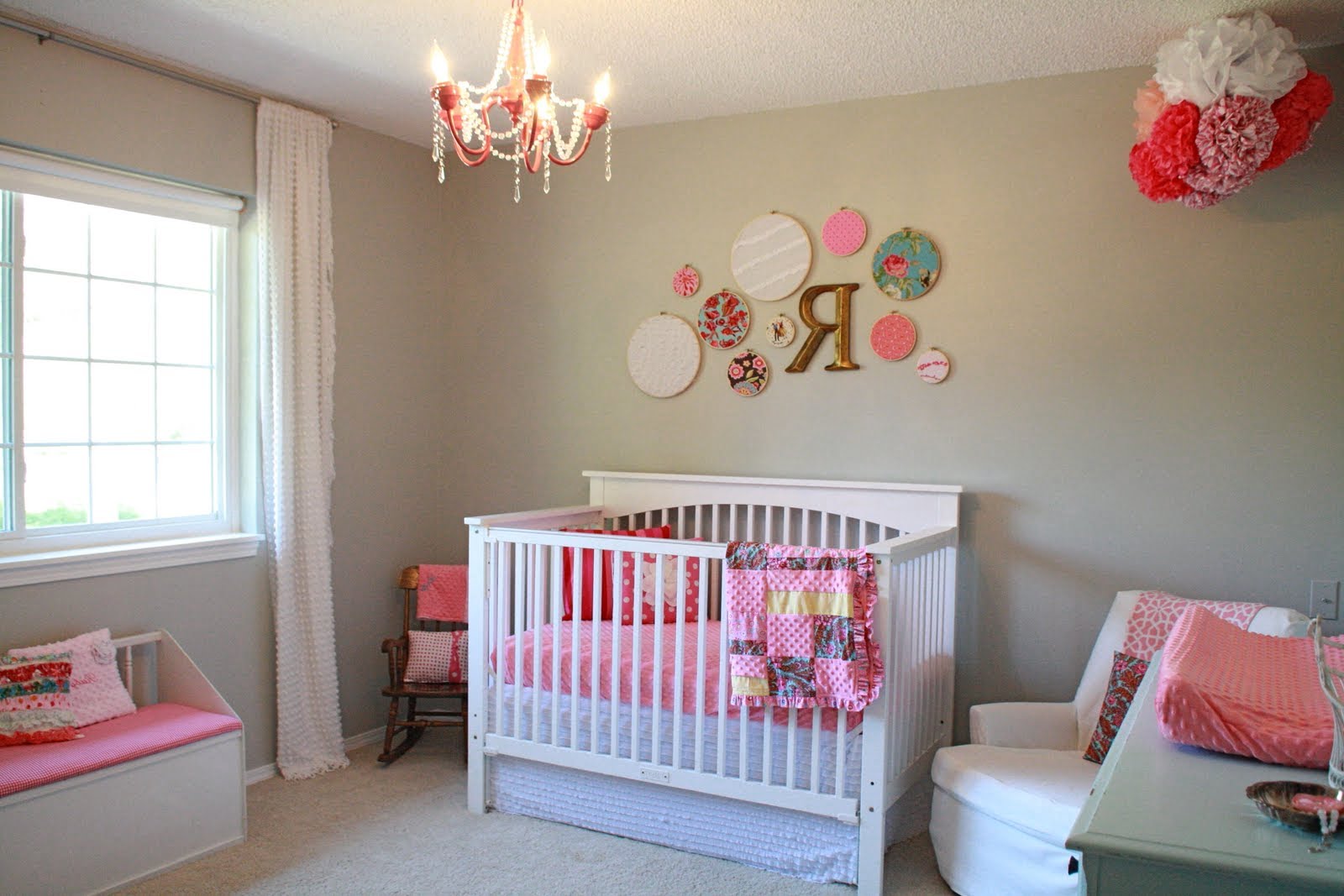
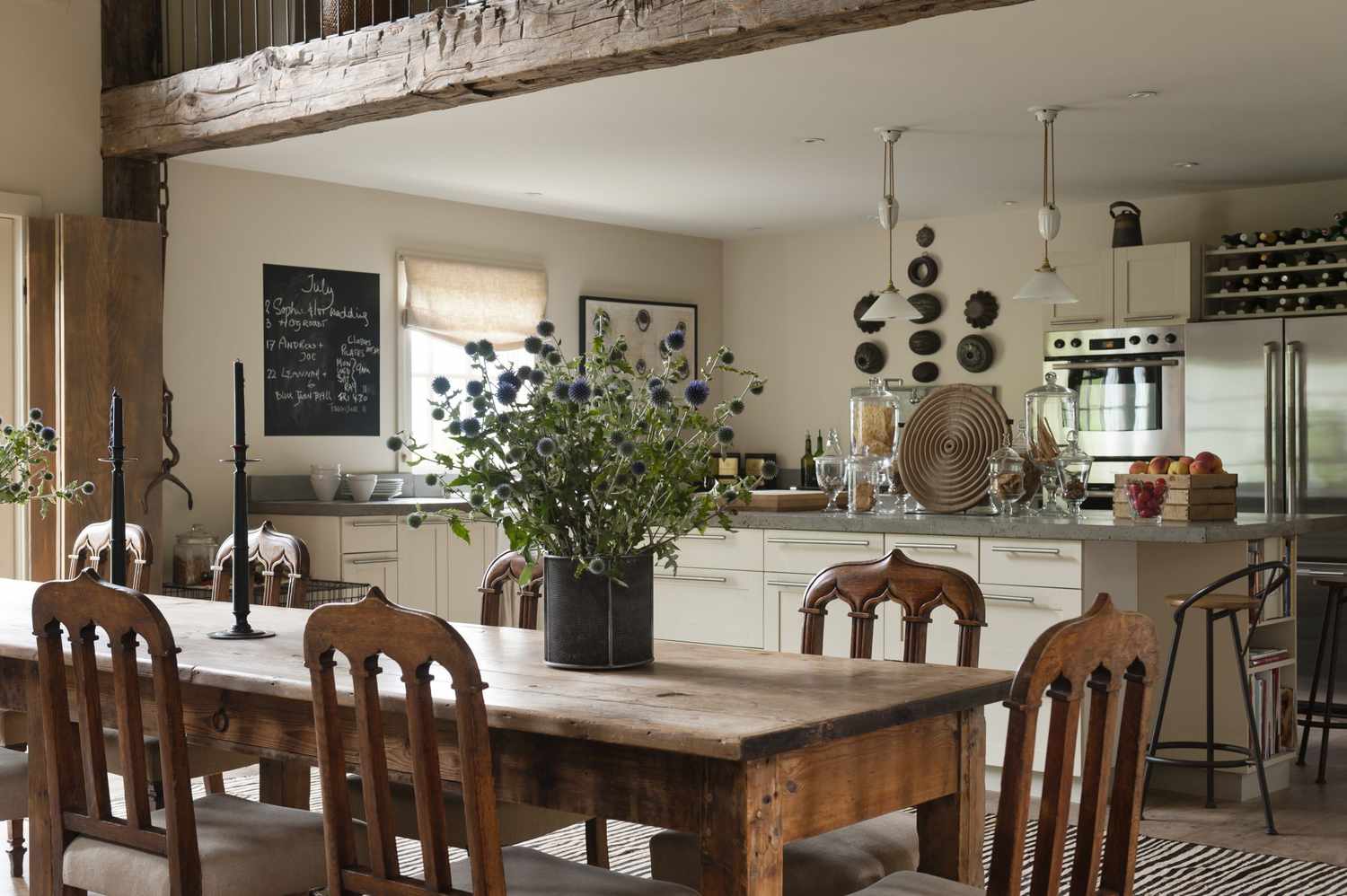
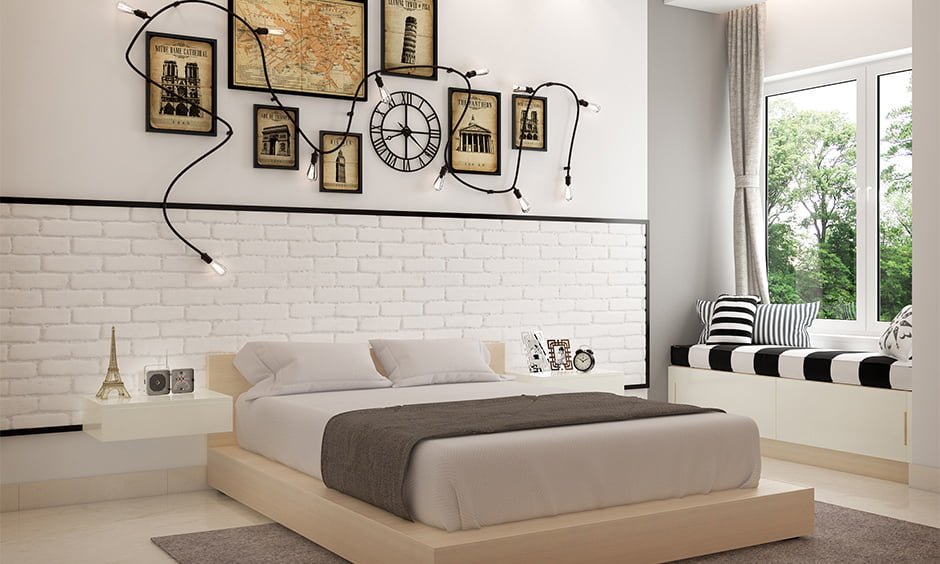
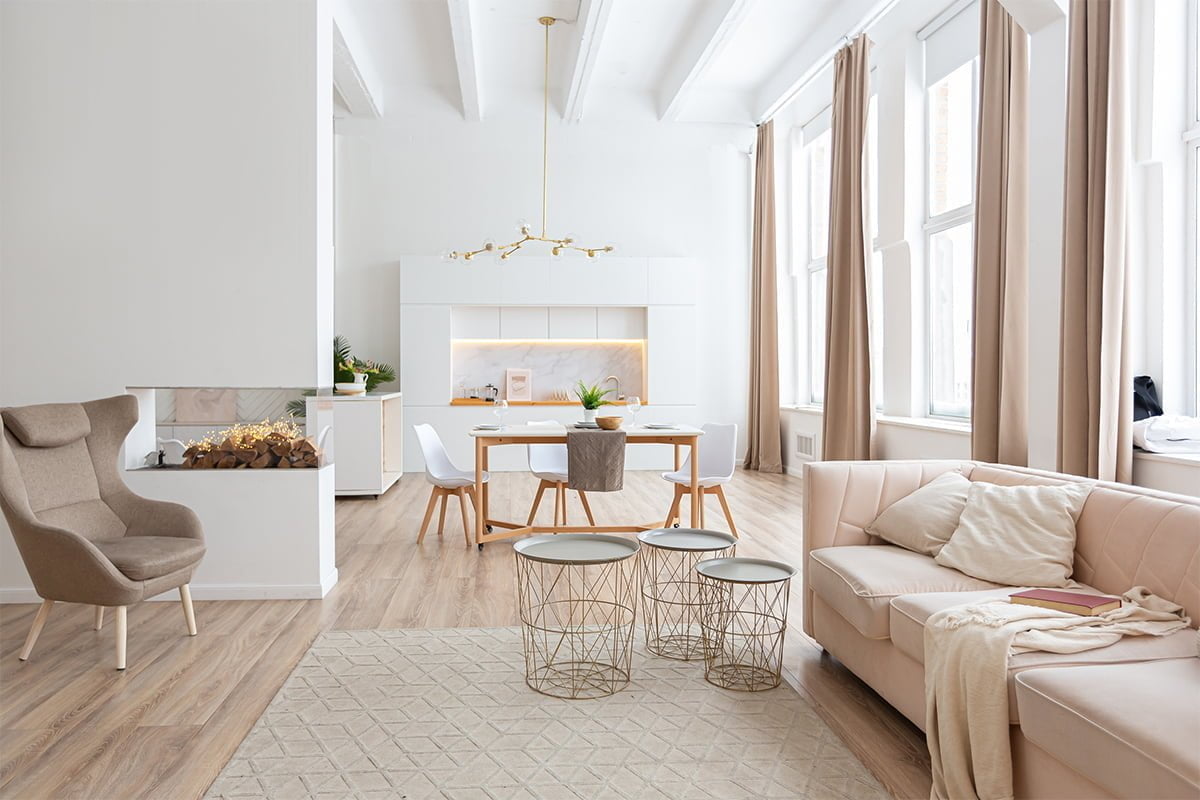
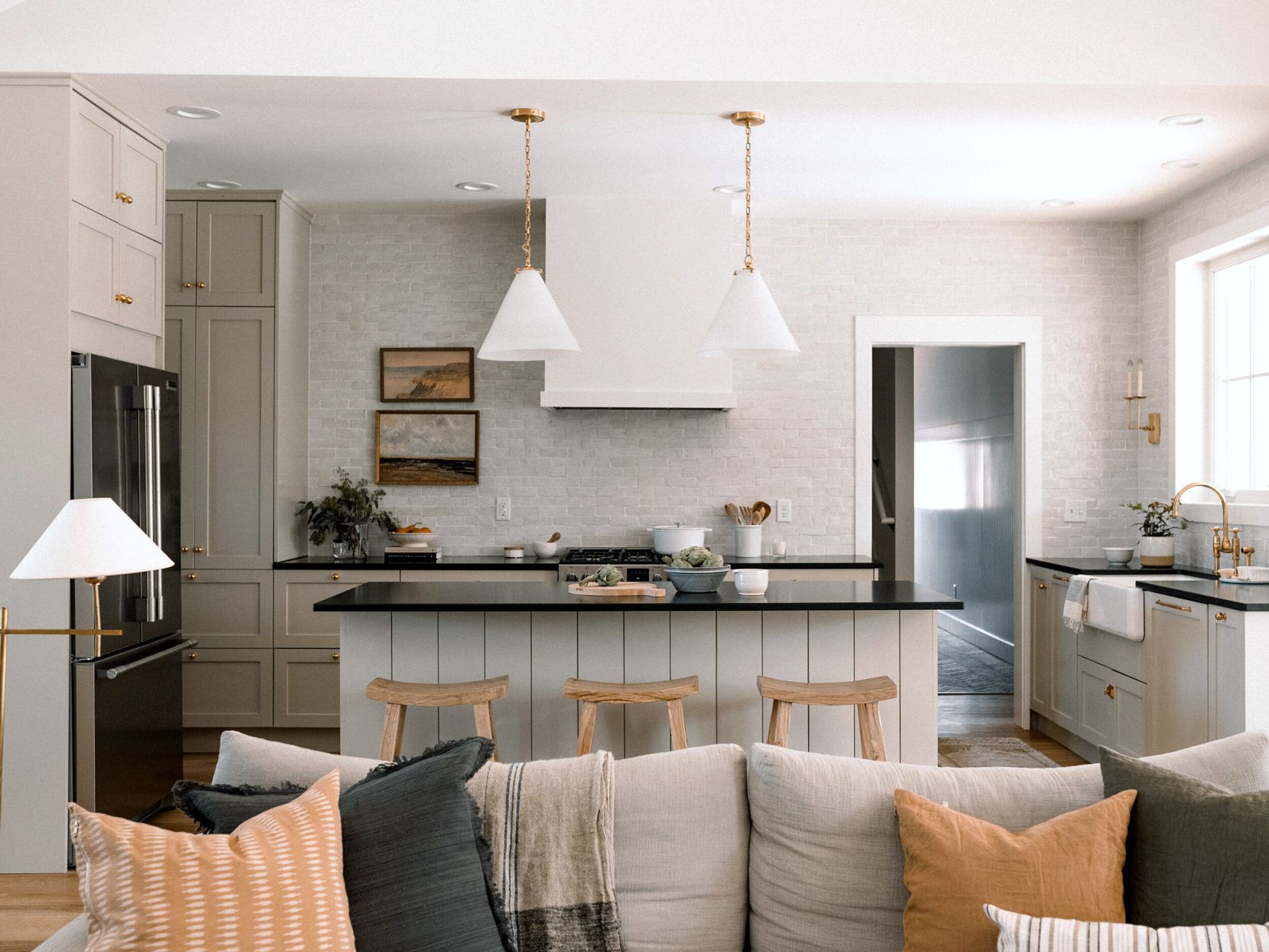

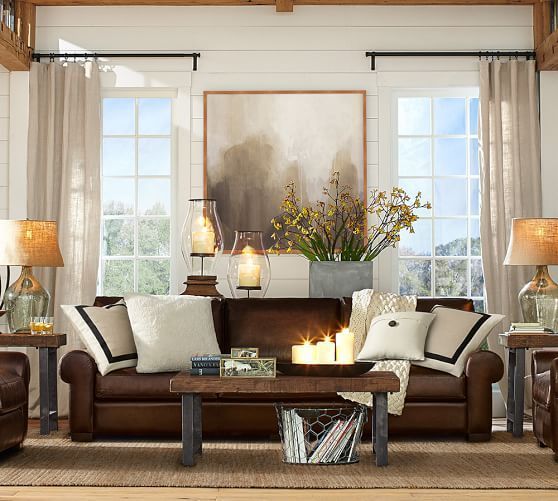
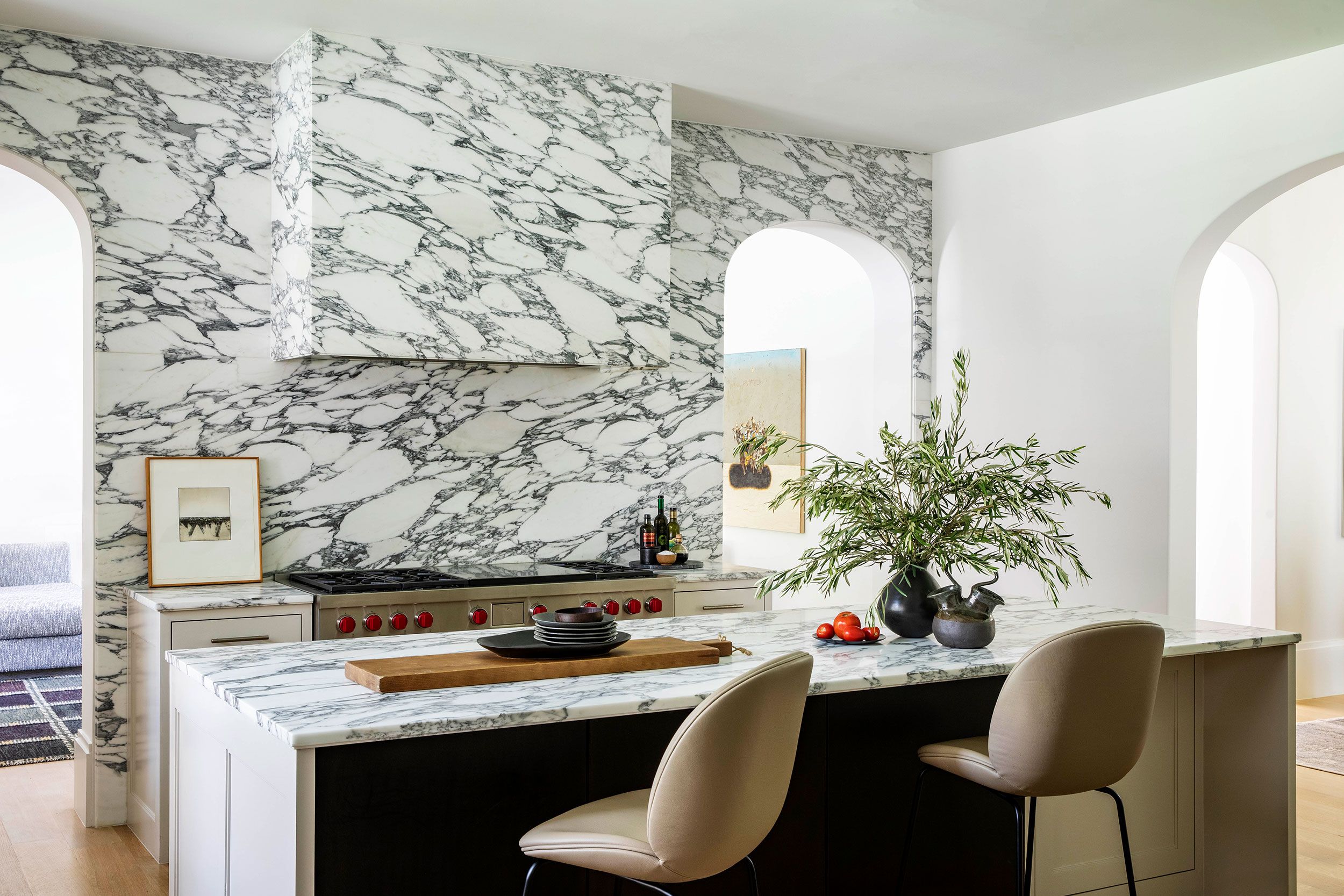
Leave a Reply
View Comments